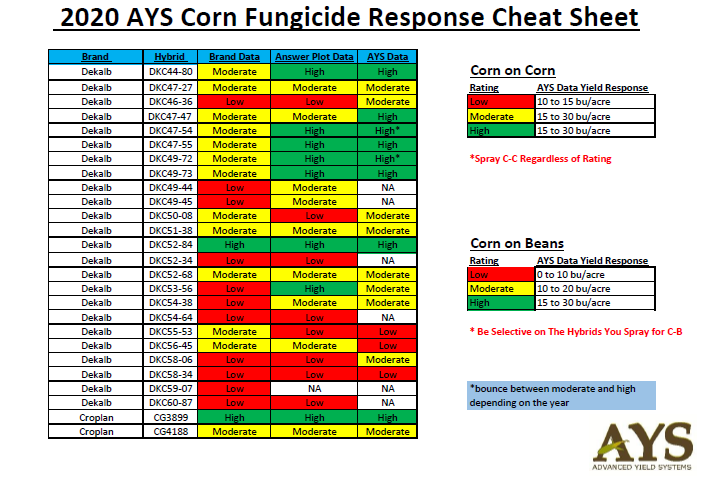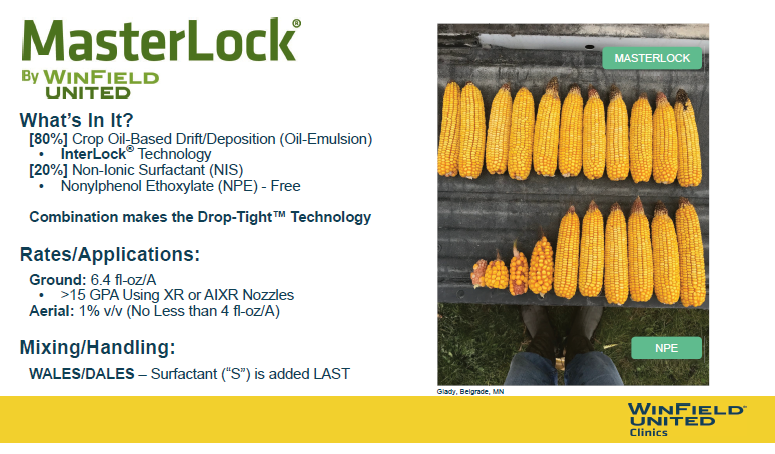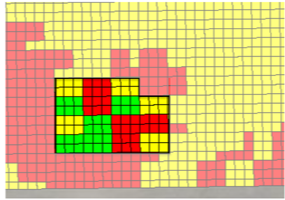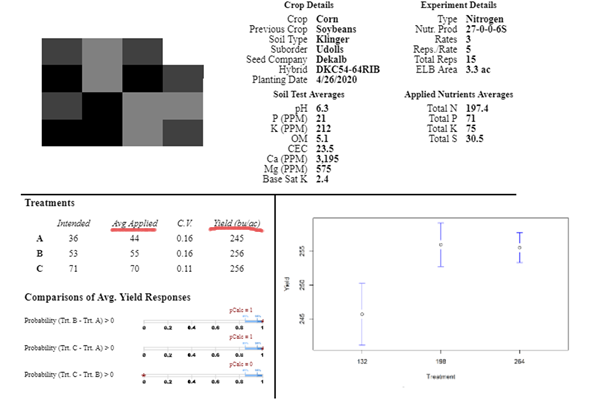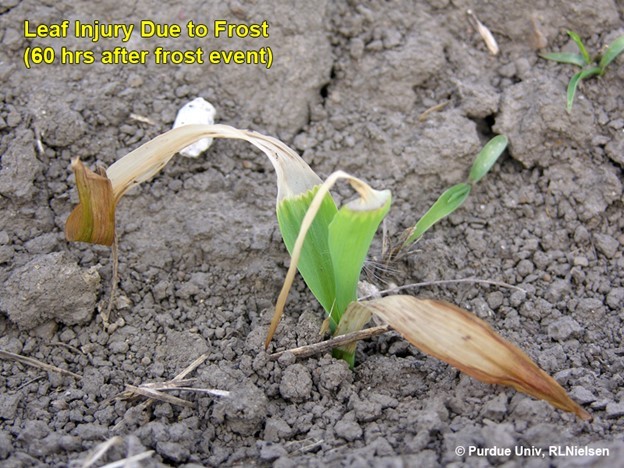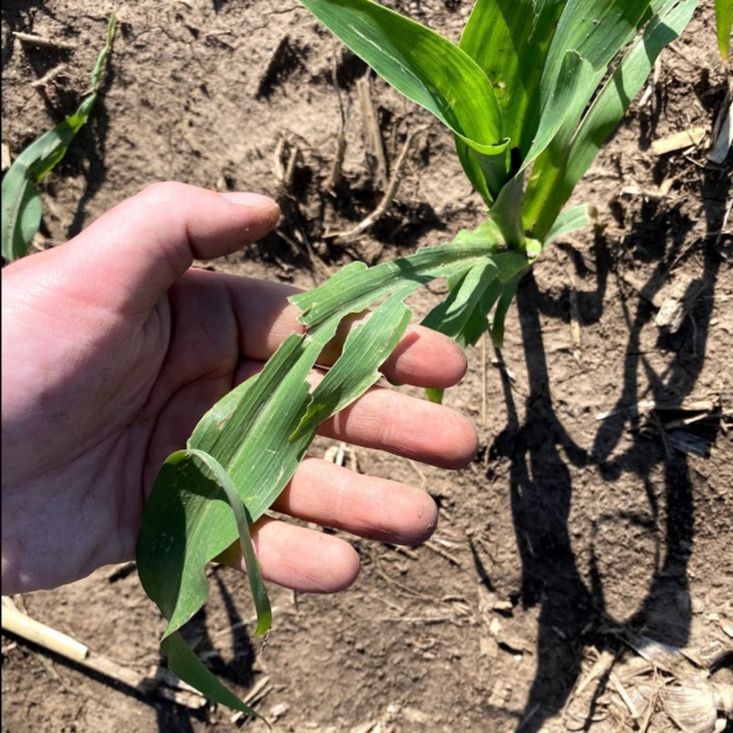Your Local Weekly Ag Partners Agronomic Update.
The one-stop-shop to hearing everything you need to know this week about what is happening in your fields.
This week’s featured agronomists are:
Chad Mattes – Le Center
Tanner Borgschatz – Wanamingo
Hannah Elias – Goodhue
Justice Keefauver – Lewiston
Brady Kinneman- Ellsworth
Scroll down to hear from your local agronomist.
West
Belle Plaine – LeCenter – LeSueur
|
Chad Mattes |
Fungicide with a Guarantee Although it is probably a little early to be talking about tassel fungicide, I wanted to introduce a new program designed to mitigate the downside risk of a fungicide program. |
This program utilizes thee key components to ensure a high probability for a successful ROI.
Picking a hybrid with a medium to high RTF. We know 2020 was not a typical response year but historical data is 12-15 bu. average on medium to high RTF hybrids.
Using a Premium fungicide with 3 modes of action. Most importantly we want a long lasting residual product with preventative and curative activity and a crop enhancement to stalk quality and grain fill.
Using Masterlock for coverage and deposition while not causing arrested ear syndrome. Remember on the plant, into the plant, through the plant.
Based upon knowing which hybrids respond well to a fungicide application, using a premium fungicide with a premium adjuvant to get the fungicide into the plant, we know the probability of a successful application is very high. Because of this, IMPACT RX will warranty up to 105% of your APPROVED Yield. If for some reason this yield isn’t achieved, you’ll receive a warranty payment of $10/acre.
Remember, this isn’t your APH. Approved Yield is based upon a TREND ADJUSTMENT. Trend Adjustment differs from APH in that it adjusts actual yield to reflect long term increases in historical yields going back 10 crops. Your crop insurance provider will know what this bushel number is for you.
Please reach out to your local Ag Partners sales agronomist to find out more about this new and innovative approach to a tassel fungicide application that gives you some back side reassurance.
Central
Wanamingo – Kenyon – Morristown – Owatonna
|
Tanner Borgschatz |
With sidedress applications beginning, an easy way to test different nitrogen rates is through the implementation of Enhanced Learning Blocks. Enhanced Learning Blocks (ELB) are trial blocks with multiple rates replicated and randomized throughout the block which are then overlayed with the yield map to determine the average yield for each rate. |
In the below example from 2020, we tested three different rates- Normal Rate, Normal – 10# and Normal +15#. The yield results showed that putting on 10# less N reduced yield but adding another 15#N did not increase yield. All ELBs are aggregated together in our AYS database by hybrid to help determine the correct Nitrogen rate for different hybrids. Contact your AYS specialist if you would like to use Enhanced Learning Blocks in your sidedress application.
Example of Enhanced Learning Block in a sidedress prescription
Enhanced Learning Block yield results
South
Lewiston
|
Justice Keefauver |
Mother nature has thrown a few curve balls our way recently. We had above average planting conditions right away. This was followed by a cold stretch of weather inducing many fields into showing symptomology of imbibitional chilling. Next a heavy rain leaving a hard crust for the already stressed corn plants to get through leaving many questioning “do I get the rotary hoe out of the shed?” or “is it going to rain?” as our stands got better due to rain, then locally temps late last week dropped down to freezing temperature leaving many concerned with their crop and yield hit. |
The low areas or around waterways took the colder temperature the hardest, but majority of the corn we have looked at is still going to turn around with this heat, most stands are at the V2-V3 crop stage leaving the growing point still protected under the soil surface. With the heat wave coming this weekend keep an eye on your fields and notice the new leaves coming out of the whirl as they should be green and healthy.
Pictured above is what corn looks like after frost stress:
Often, we overlook how mother nature has the majority of control for how our crops will perform. We need to continue good agronomic practices and decisions to help our crop finish to the best of its ability.
East
Pine Island – Cannon Falls -Goodhue -Lake City
|
Hannah Elias |
Assessing Hail Damage in Corn and Soybeans On Memorial Day we received some dime sized hail around the Goodhue and Cannon Falls Area. Luckily, the corn planted in the nearby area still has growing points that are underground. So in corn the biggest worry right now would be defoliation. The “solar panels” or leaves of the corn plant are damaged causing a delay in photosynthesis. With some warmth and growth, new leaves will take up that solar energy. |
The story with soybeans is vastly different and it can be tricky to assess hail damage because of the many growing points the plant can have. In our area there are plants that have only cotyledons and plants that have a trifoliate. A plant that has lost its cotyledons will not continue to grow, so a stand count should be taken. Another thing to look at would to check for stem bruising, this could create a vector for disease and a loss of strength. Not being aware of stem strength could lead to standability issues later in the season.
At this point, yield loss is hard to figure because of the multiple factors that can contribute now and throughout the season. Leaf damage days after a hail storm can appear worse than it actually is. Doing a stand evaluation 3-5 days after the hail will give you a better idea of what’s going to bounce back and regrow.
WWAS
Ellsworth

Brady Kinneman
Here is a quick agronomy update from the Wisconsin area. Brady covers the topics of crop staging, rain update, machinery mishaps, and hybrid progress.



